Services
CD
Concept Design & Art
HMA Arquitectos
Abstract
It is a circuit in which we identify six (6) types of intelligence that articulate human action throughout its evolution: individual_collective_natural_artificial_artificial_emotional_rational. Each of these intelligences acts individually, but they interact with each other in different ways. From the interaction between two intelligences emerges a tension (a chaos) that is evident through the expressiveness without an apparent logic of the structures that sustain them.
From these points of conflict emerges a synapse, an interconnection, a relationship between parts, a structure that – through chaos – aims to interlink (in the sense of intelligence) the intelligences in question, providing the content of the exhibition as a support. In this way, the pavilion is traversed by threading together the six types of intelligence that produce five intersections, which, sustain and illuminate the whole of the work.
The arrangement of these five traversable supports, materialised by means of scaffolding and articulations, are arranged in the space in an a priori random way, contrasting with the central, serene and linear path that offers the visitor the possibility of stopping, sitting down under the cloud of supposed intelligences and recovering the capacity for contemplation.
The content is proposed under a curatorial criterion in the 5 intersections according to a chronological order. The exhibition criterion that defines each of the intersections then exhibits a selection of works that entails an integral and direct relationship to what is exhibited, and responds to a timeline that begins in the individual intelligence and culminates in the artificial one.
The pavilion is built from the combination and arrangement of tubular pieces and knots that form scaffolding, these structures being the representation of the human capacity to evolve from intelligence in which solid wooden planks give format to the application of audio-visual content. In turn, the scaffolding structures support and elevate the six hanging volumes that levitate in the space generating the circuit of the proposal. The light volumes that crown the structures are materialised by means of white and ethereal canvases through the recovery of discarded plastic burlap bags.
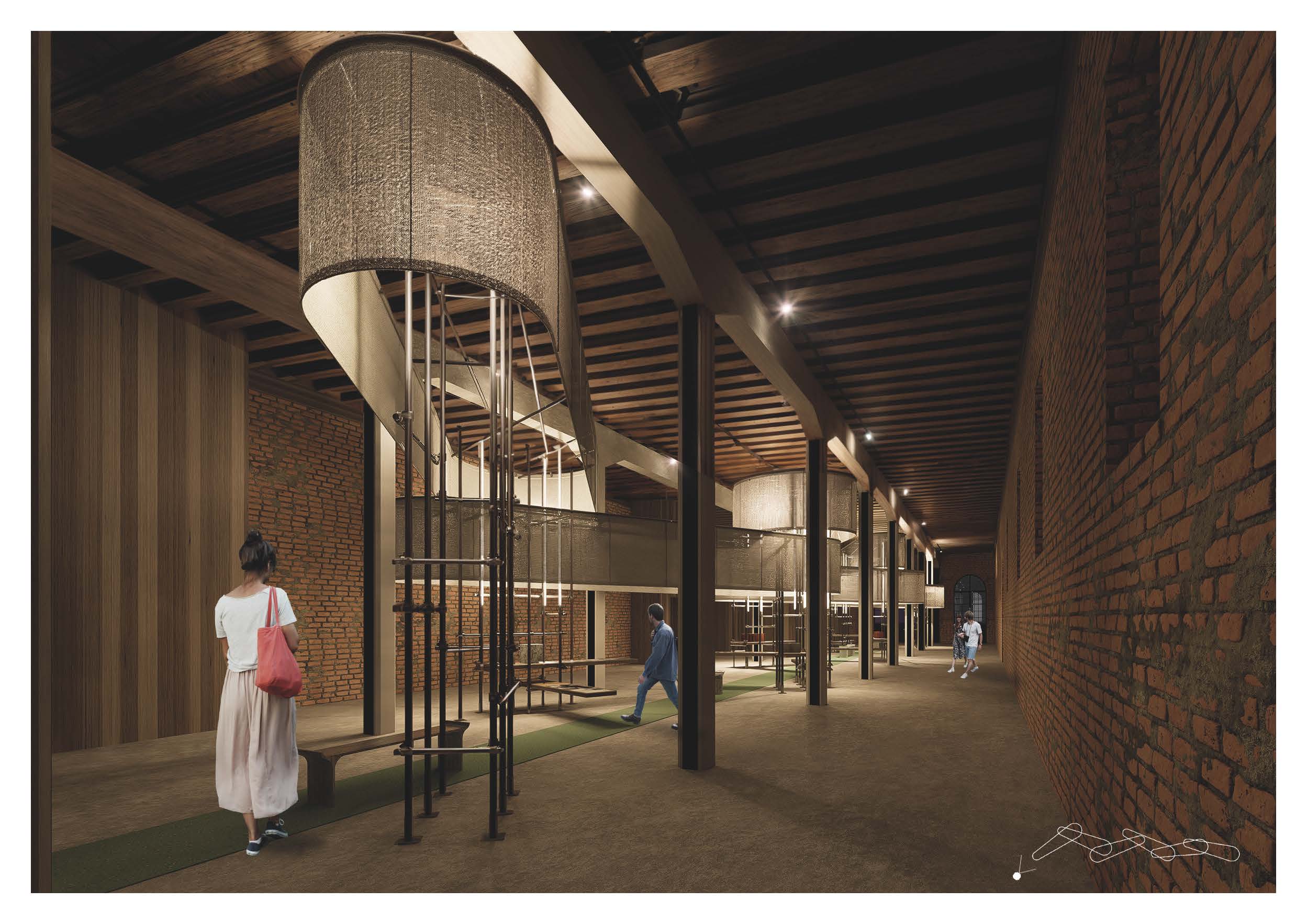
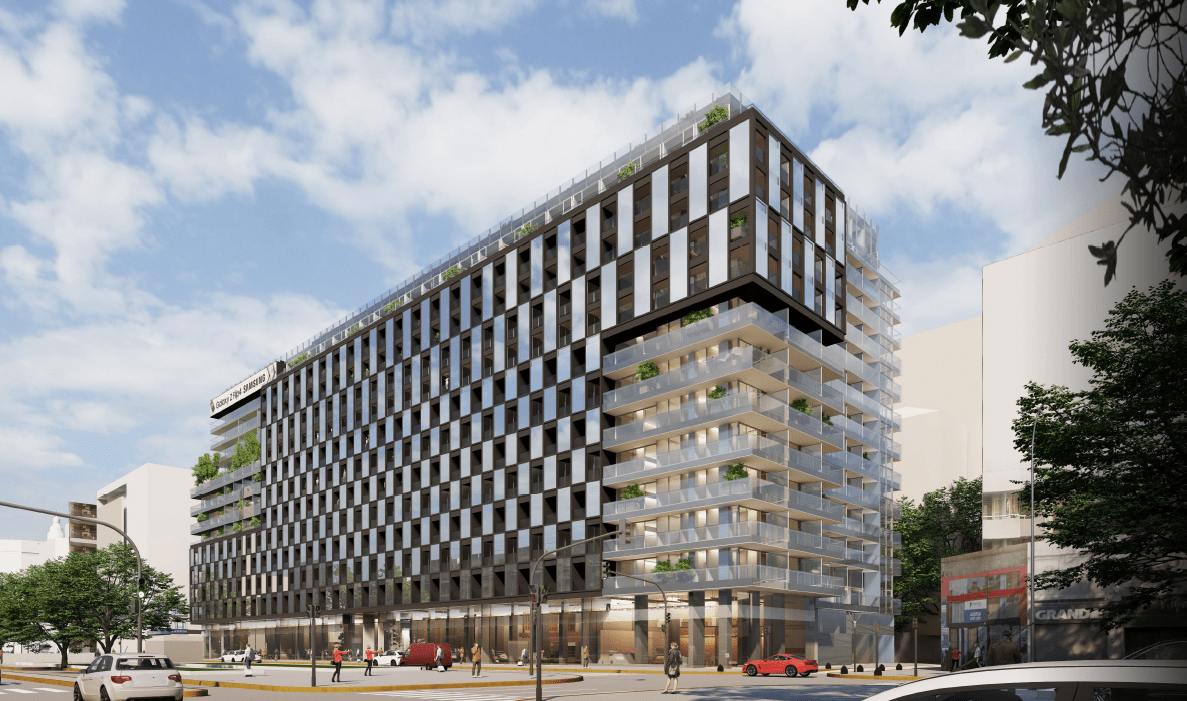
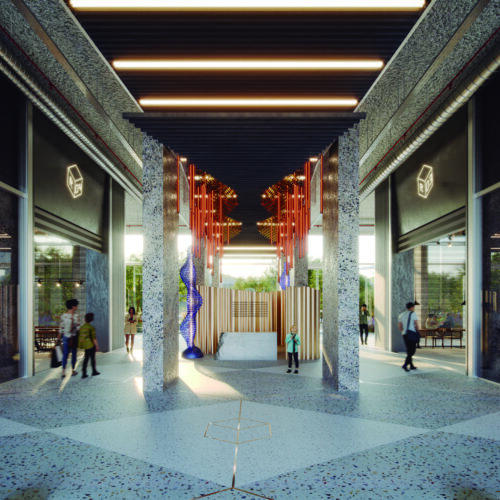
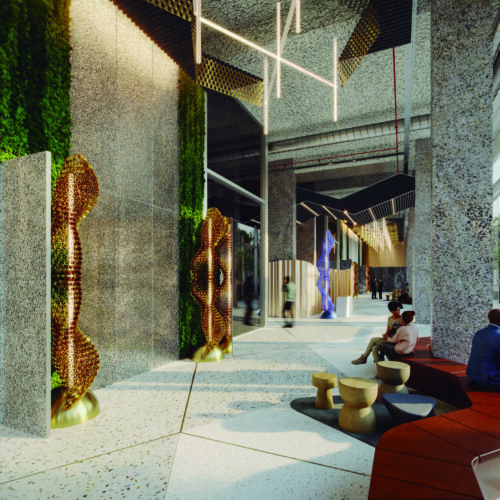
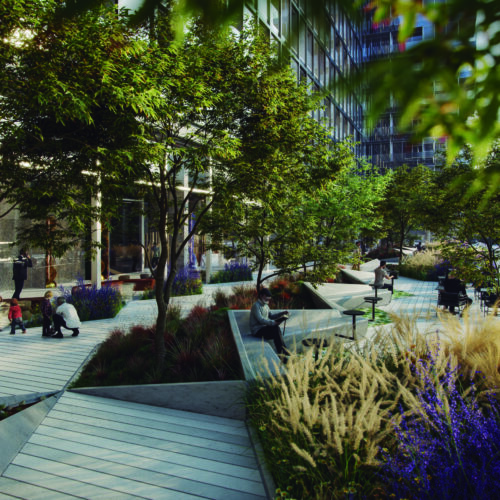
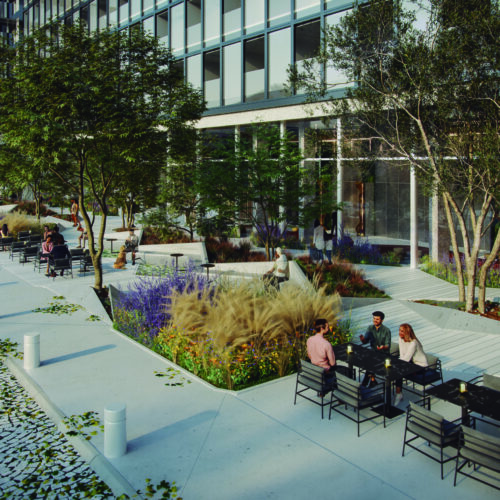
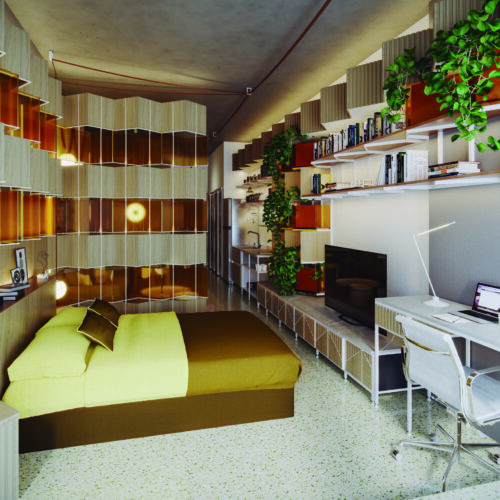

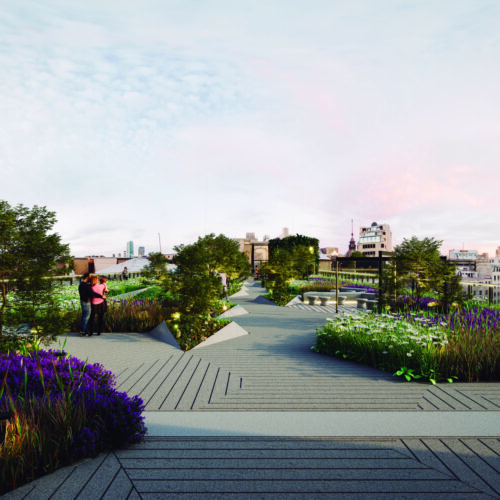
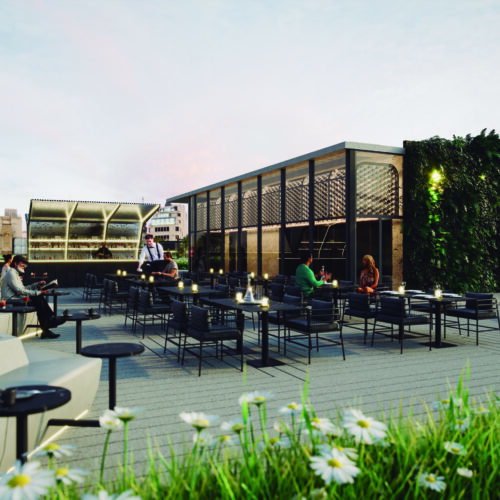
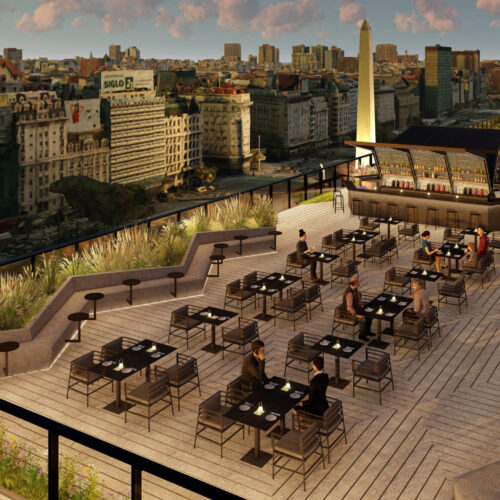
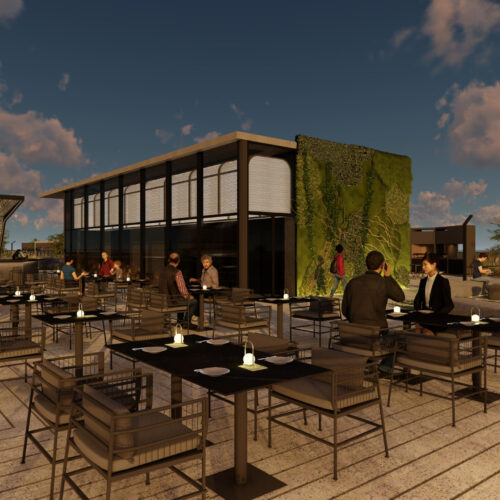
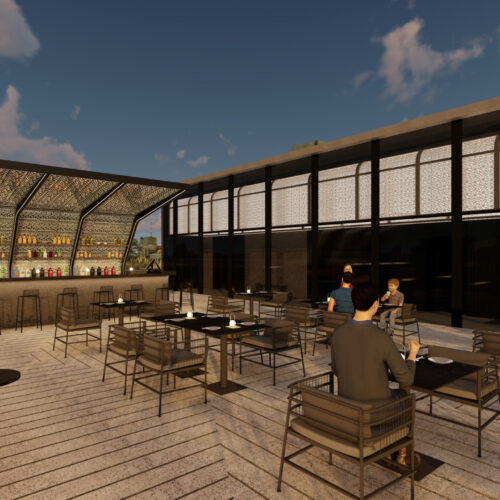
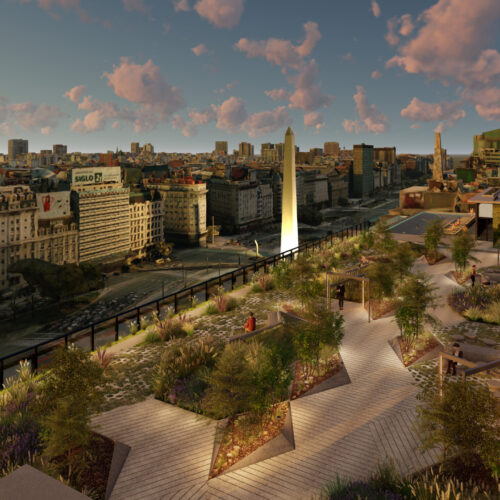
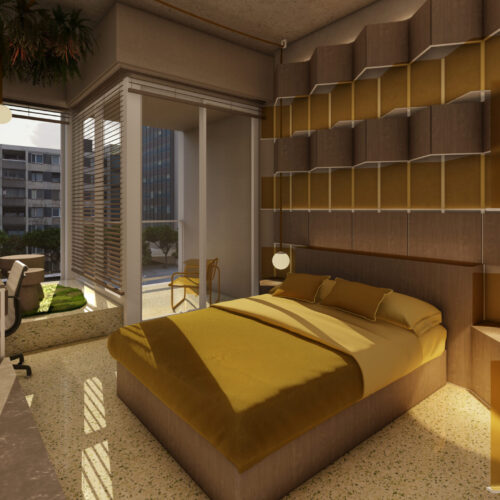
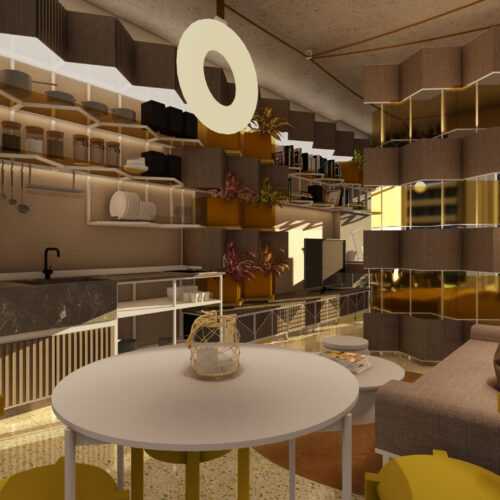
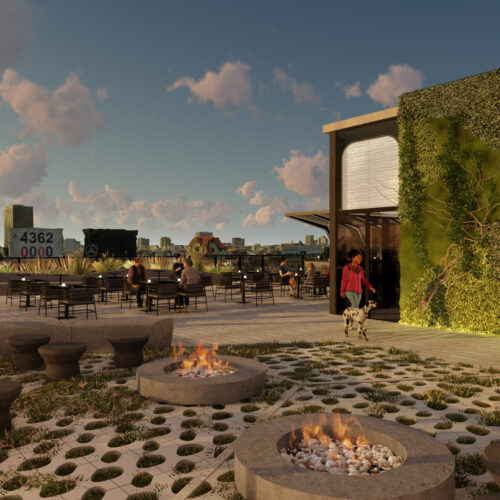
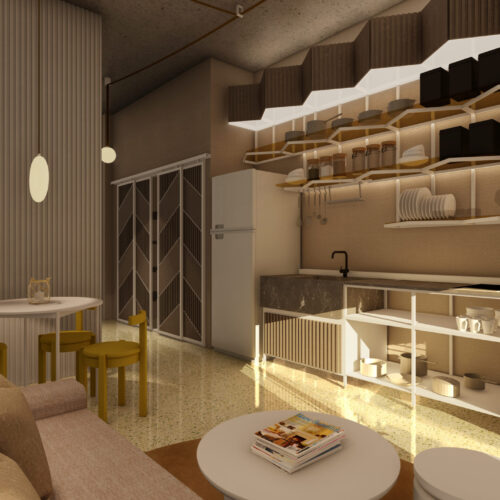
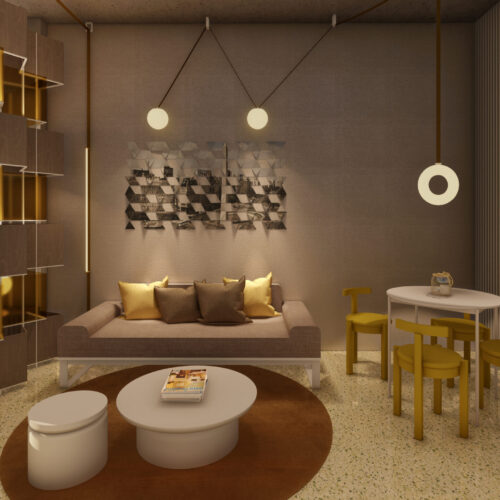

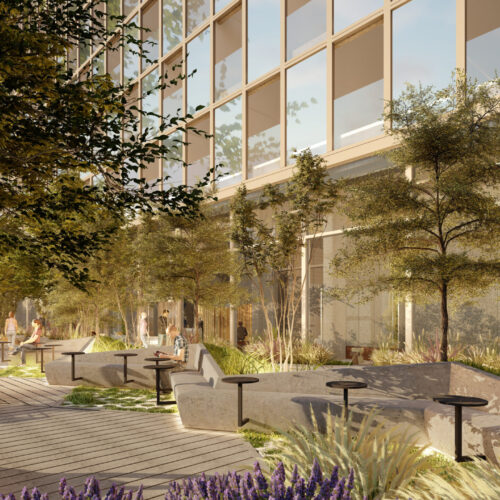
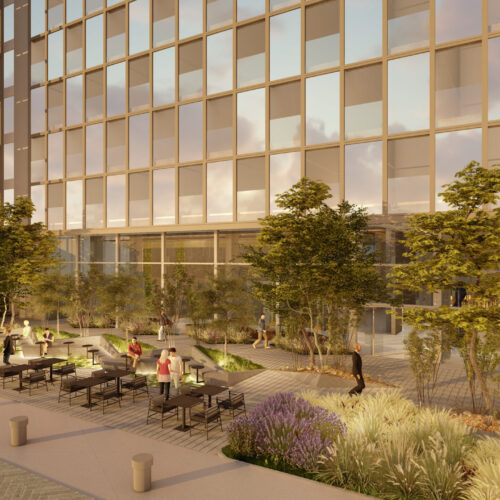
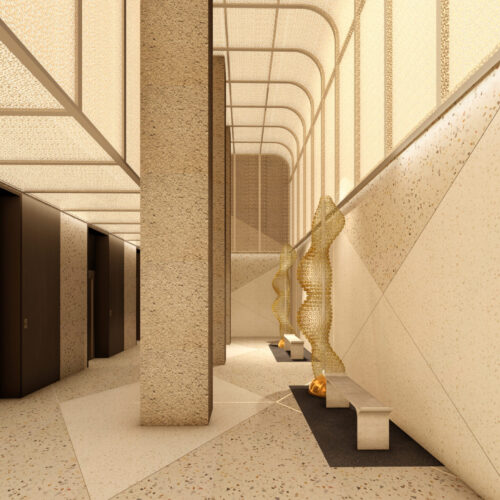

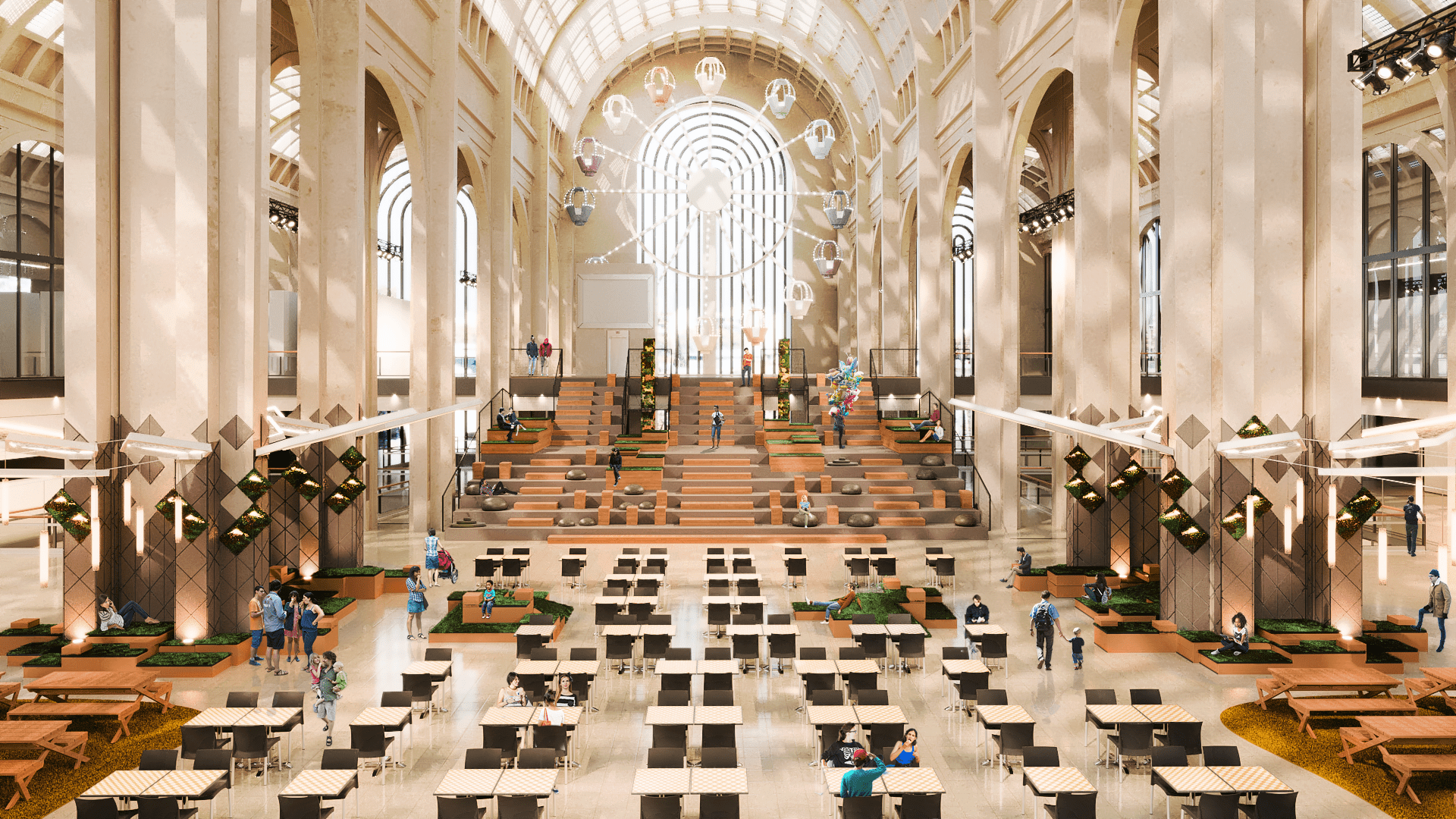
Recent Comments